Take control of your curriculum
Because every classroom, teacher, and student is unique


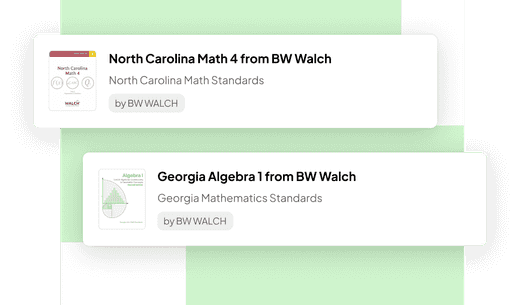
100% aligned courses and customized solutions at your fingertips
We develop high quality, standards-aligned courses to meet the needs of all types of learners.
Leading professional development solution for math educators available today.
Learn more
Committed to empowering teachers
We ensure that our instructional programs are high quality, customizable, and accessible
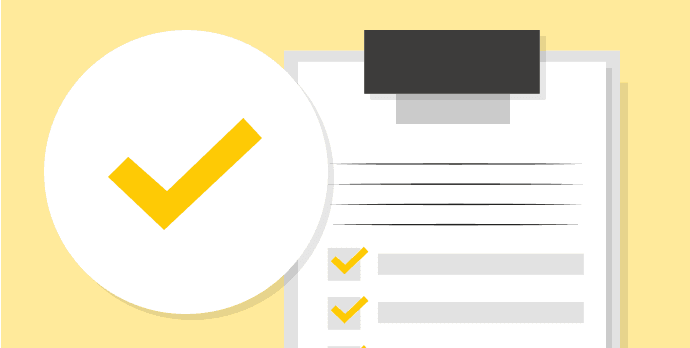
High quality
Our research-based materials are built with focus, coherence, and rigor. Courses are centered on problem-based learning that helps students develop their critical thinking and communication skills, both of which are essential in higher education and the workplace. Finally, the materials are coherent and easy to use for both teachers and students.

Customizable
Our courses can be customized a little… or a lot. Reorder course lessons and add your own resources with a few clicks. Teachers can even create their own lessons and courses, or collaborate with BW Walch to develop custom courses to meet district needs.
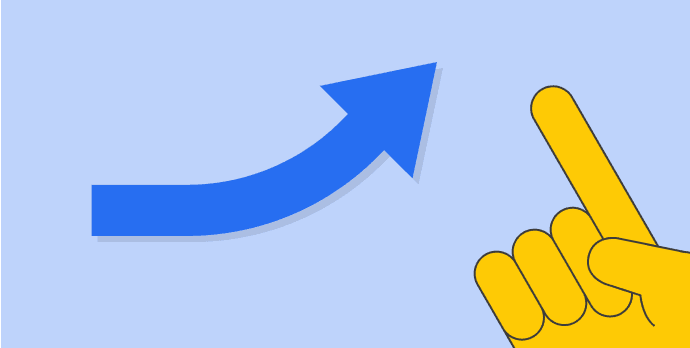
Accessible
Ensuring that all students can achieve mathematical proficiency is the foundation of our courses. Our culturally relevant courses are built with a variety of researched-based teaching and learning methods so students at any level have the opportunity to learn the required standard. We strive to empower all students by giving them the tools and confidence to succeed in the classroom and beyond.
Tour our solutions

Teach by BW Walch provides high school core and supplemental math programs aligned to CCSS and state standards. Materials may be customized to meet your district needs. We also offer proven high school texts for struggling learners and programs in adult education.
More InfoCurriculum Engine is more than just an LMS—it provides everything you need to develop and deliver math courses online all in one package. Use the pre-populated courses “out of the box”, or customize lessons and create your own courses with just a few clicks.
More InfoCurriculum-as-a-Service is a unique way for educators to work directly with our curriculum design experts to develop aligned, tailored high school math resources delivered digitally or via print-on-demand.
More InfoWhat our customers say
Keep up to date with us
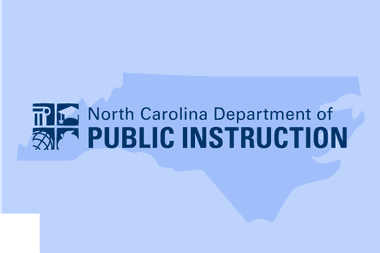
BW Walch on the adoption list
We’ve partnered with North Carolina districts to create high-quality, aligned materials for the North Carolina Foundations of Math 1, Math 1, 2, 3, and 4.
More Info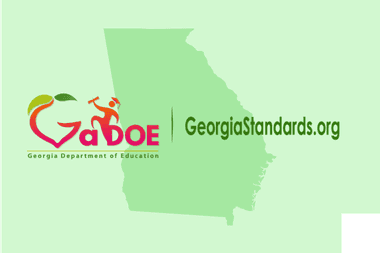
Resources aligned to the new State standards
Walch has focused on Georgia for 15 + years. We have aligned and delivered custom resources since the days of QCC. Now we have resources aligned to the new Georgia Mathematics Standards for Algebra, Geometry and Advanced Algebra.
More Info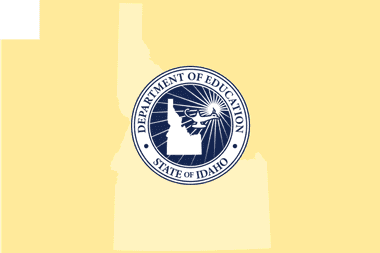
CCSS programs adopted by the state of Idaho
BW Walch's CCSS Integrated Pathway Math I, II, and III programs were reviewed and adopted by the Idaho State Dept of Education in 2022. The courses are aligned to the CCSS Integrated Pathway and are used in classrooms across the US.
More InfoRequest a demo
Let's talk about you taking control of your curriculum
Take control of your curriculum
Get started with us!
